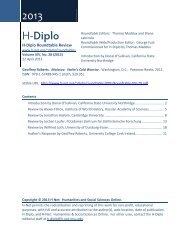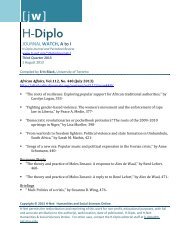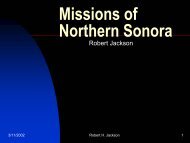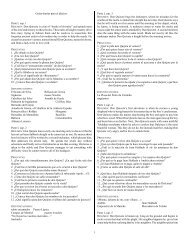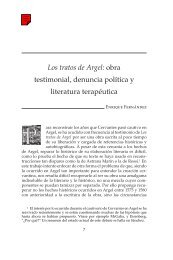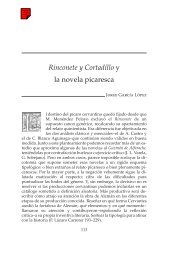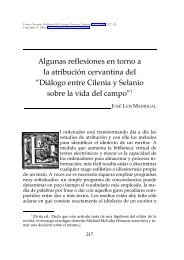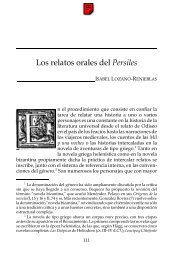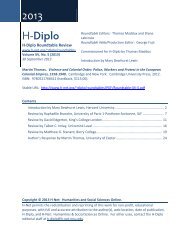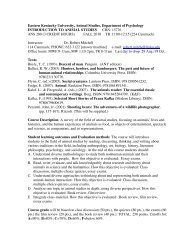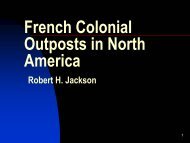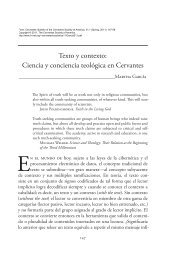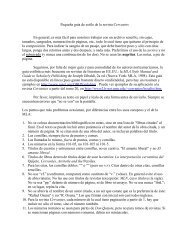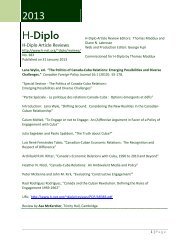H-Diplo Roundtables, Vol. XIV, No. 29 (2013) - H-Net
H-Diplo Roundtables, Vol. XIV, No. 29 (2013) - H-Net
H-Diplo Roundtables, Vol. XIV, No. 29 (2013) - H-Net
Create successful ePaper yourself
Turn your PDF publications into a flip-book with our unique Google optimized e-Paper software.
H-<strong>Diplo</strong> Roundtable Reviews, <strong>Vol</strong>. <strong>XIV</strong>, <strong>No</strong>. <strong>29</strong> (<strong>2013</strong>)<br />
Back in Vientiane, Jacobs takes us into the downright scary mind of Ambassador Graham<br />
Parsons, whose colonial paternalism, aggressive Cold War worldview, and support from<br />
the highest reaches of power in Washington contributed to destabilizing Lao politics from<br />
1954, triggering civil war, its internationalization, and thereby ensuring the meltdown of<br />
this small country. Dommen also made this point powerfully in his book, but Jacobs adds a<br />
much needed cultural take on it. On the other extreme were men such as the American<br />
anthropologist, Joel Halpern. Like Buell, Halpern wanted to help get massive American aid<br />
and “modernity” to the people in the countryside and did his best to spur American officials<br />
into action. Both Halpern and Buell were critical of the American diplomatic community.<br />
Trapped in a bubble, few Americans actually knew the Lao or Laos, let alone their needs<br />
and hopes. Jacobs provides one of the best accounts available of how “Little Americas” take<br />
form abroad in the form of diplomatic missions (chapter 3).<br />
In his 1973 review of Frances Fitzgerald’s Fire in the Lake, David Marr pointed out that she<br />
had, in reality, written two books, one on the cultural construction of the Vietnamese<br />
national character (“little short of disastrous,” he said), the other on American diplomacy<br />
towards Ngo Dinh Diem (an analytical success according to Marr). 7 Like other diplomatic<br />
historians looking to make the cultural turn, Jacobs has a hard time reconciling the cultural<br />
side of his story with the nuts and bolts of the diplomatic one he also wants to tell or feels<br />
compelled to do so. In his earlier research on Ngo Dinh Diem and the United States, Jacobs<br />
got around this problem neatly by publishing two books, one on the cultural dimensions of<br />
the American interaction with Diem (using race and religion as his analytical categories),<br />
the other being a more straightforward diplomatic history of the “origins of America’s war<br />
in Vietnam”. In his book on Laos, Jacobs combines both stories into one book with the<br />
ultimate goal of showing that the negative American perception of the Lao and the positive<br />
one of the Vietnamese was crucial to Kennedy’s decision not to take a stand in Laos but<br />
rather in Vietnam.<br />
Unlike Fitzgerald, Jacobs’ best chapters are on the cultural aspects of American policy<br />
towards Laos (chapters 1, 3, 4, 5, and 6). Less satisfying is his discussion of the complex Lao<br />
crisis and the second Geneva conference that ultimately defused it. Readers unfamiliar with<br />
the Laos crisis – its complex local, regional, and international dimensions – will struggle to<br />
understand what, exactly, is going on and why and how Laos became such an apparent<br />
obsession for two presidents. Jacobs’ discussion of Lao politics could be expanded. <strong>No</strong>r<br />
does he have much to say on the roles played by the Chinese, the Soviets, the British, the<br />
French, or the Democratic Republic of Vietnam (DRV). Qiang Zhai and Mari Olsen show that<br />
the Chinese shared the DRV’s desire from 1958 to push the Pathet Lao as hard as the<br />
Americans were backing the far right. 8 <strong>No</strong>r did the Sino-Soviet break prevent Moscow and<br />
Beijing from collaborating on Laos at Geneva. Jacobs could have better explained how the<br />
565.<br />
7 David Marr, Review of Fire in the Lake, in Journal of Asian Studies, vol. 32, no 3 (May 1973), pp. 564-<br />
8 Qiang Zhai, ‘Buying Time for the Pathet Lao : China and the Geneva Conference on Laos, 1961-1962’;<br />
Mari Olsen, ‘The Soviet Union and the Fight over Laos, 1961-1962.’<br />
19 | P age



